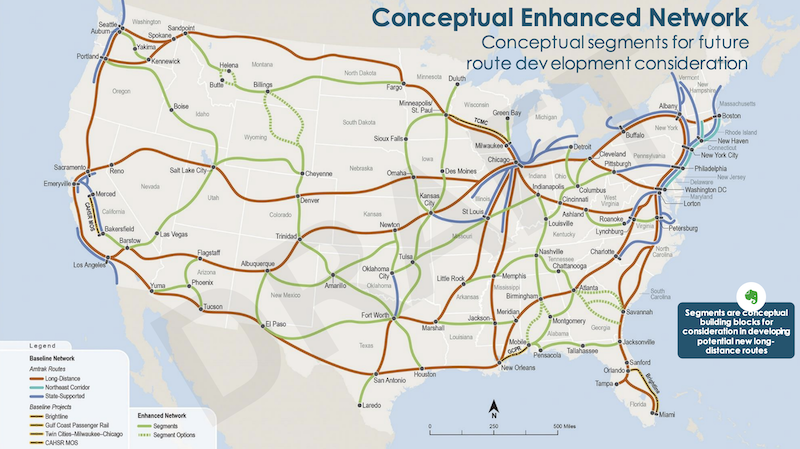bostontrainguy wrote:No, but it is increasingly a one way itinerary...Tadman wrote: ↑Thu Feb 29, 2024 2:55 pm All of these FRA dream trains will have backwards seating. Unless of course they go with my brilliant idea of just runnig a loop from Pocatello through Flint, Huntsville, Joplin, Merced, and back to Pocatello.I doubt Chicago - Miami (probably number one on the list) falls under that situation.



Sent from my SM-S911U using Tapatalk
==============================================
Owner/operator of TrainSim.com (the internet's largest train simulation community)
Owner/operator of TrainSim.com (the internet's largest train simulation community)